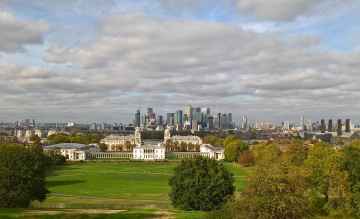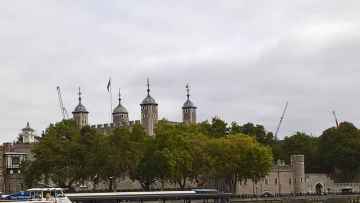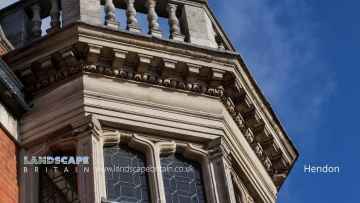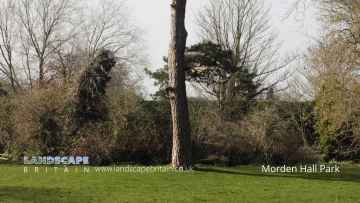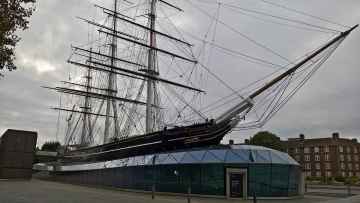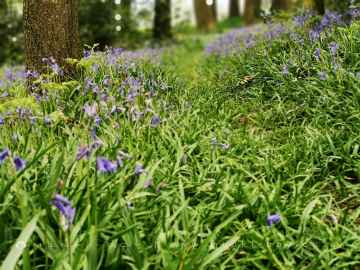St Mary Cray
St Mary Cray is a Town in the county of Greater London.
St Mary Cray postcode: BR5 4
There are great places to visit near St Mary Cray including some great cities, castles, museums, historic buildings, rivers and streams, shopping centres, towns, country parks, nature reserves, historic monuments, airports and bluebell woods.
Don't miss London's cities if visiting the area around St Mary Cray.
There are a several good castles in the area around St Mary Cray like The Tower of London.
The Tower of London, National Maritime Museum Greenwich, and Cutty Sark are great places to visit near St Mary Cray if you like museums.
There are a number of historic buildings near St Mary Cray including The Tower of London, Millenium Bridge, Sutton House and Breaker's Yard, and Osterley Park and House.
The area close to St Mary Cray boasts some of the best rivers and streams including River Thames at London.
There are a number of shopping centres near St Mary Cray including Westfield London, Westfield Stratford City, Brent Cross Shopping Centre, and Whitgift Centre.
Don't miss Hendon, Greenwich, Croydon, Chislehurst, Enfield, and Isleworth's towns if visiting the area around St Mary Cray.
The area around St Mary Cray features a number of interesting country parks including Fryent Country Park, South Norwood Country Park, Morden Hall Park, Bedfont Lakes Country Park, Scadbury Estate Country Park, Stanmore Country Park, and Whitewebbs Country Park.
The area around St Mary Cray's best nature reserves can be found at Morden Hall Park.
Cutty Sark is a great place to visit close to St Mary Cray if you like historic monuments.
The area around St Mary Cray features a number of interesting airports including London Biggin Hill Airport, Heathrow Airport, London City Airport, and London Heliport.
St Mary Cray is near some unmissable bluebell woods like Stanmore Country Park,
St Mary Cray History
There are some historic monuments around St Mary Cray:
Places to see near St Mary Cray
Etymology of St Mary Cray
The name Cray possibly derives from the Anglo-Saxon crecca, meaning brook or rivulet, though it also relates to the Welsh word craie, meaning fresh water. The name may also derive from the Latin word creta, meaning chalk, as the River Cray flows over a chalk bed. The village name derives from the dedication of the parish church to the Blessed Virgin Mary.
History of St Mary Cray
Roman and Saxon remains have been found in the Fordcroft area. An excavation in 1960 was conducted by members of Bromley Museum in Orpington. Members of the Orpington and District Archaeological Society (ODAS) have excavated further sites that have become available.
St Mary Cray developed into a market town. The privilege of holding a market on Wednesdays was granted by Edward I (1272 - 1307) f
The district being an agricultural one, the small population worked on its many fruit farms and hopfields.
The most famous of the early industries were the 17th-century foundries of Hodson and Hull where several famous bells were cast. Christopher Hodson made bells for Canterbury Cathedral and Oxford.
The advent of the Industrial Revolution saw brewing and paper manufacturing grow into principal industries beside the River Cray. Three mills are mentioned in Domesday (1087). From the early 1800s until the Depression in the 1930s, many local workers were employed at the Joynson and the William Nash paper mills.
With the expansion of the railways, the population increased rapidly. The building of the railway viaduct across the Cray Valley is considered to be the origin in 1860 of Cray Wanderers F.C. who are London’s oldest association football club. Migrant workers came to the district to help construct the giant earth embankments for what became the London, Chatham & Dover Railway. Games of football started at Star Lane, today the site of a cemetery.
In the 1930s the farmlands of Poverest on the west side of the river were turned over to the construction of industrial and office buildings. The factories along Cray Avenue were engaged in industries ranging from paint and ink manufacture to baking and preserved foods.








